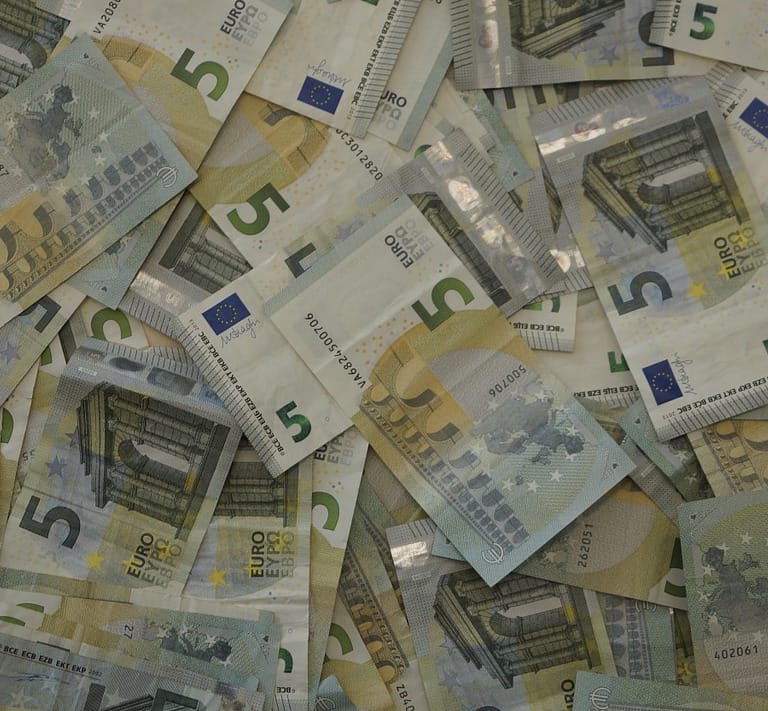
Not too long ago, people viewed 3D printing as a novelty. The technology was underdeveloped, and the hardware was still too expensive for mainstream adoption. Fast-forward to a few years later, and the entire 3D printing landscape has changed. Not only are manufacturers starting to add 3D printers to the shop floor, but some consumers are even getting involved by purchasing machines of their own.
1. Less Costly
Although large-scale projects involving thousands of 3D printed parts are costly, they’re far more inexpensive than the comparable options. This is why many manufacturers reserve 3D printing for smaller runs and prototype creation. Plastic materials can also be injection-molded, but the set-up cost can be excessive for small quantities. In this case, manufacturers can create 3D-printed molds at a fraction of the cost of the aluminum counterpart.
2. Shorter Production Times
3D printing can shrink the amount of time your shop spends on each project. When compared to traditional manufacturing methods that may take days or weeks to complete, most products are printable in only hours. Some are even embracing an on-demand printing model, which spares their normal warehousing and inventory control protocol in favor of a more streamlined plan. Under the new model, manufacturers don’t have to stock every single part, piece or component. Instead, they print each part as it’s needed and immediately put it to use.
3. Greater Quality
Quality control is one of the most important aspects of any manufacturing job. Not only does it affect the company’s reputation in the industry, but a lack of quality assurance could result in injury to employees or customers. Since 3D printing uses a wholly different method of production than most manufacturing machines, the process isn’t subject to many of the shortcomings and downfalls associated with manufacturing products en masse.
4. Better for the Environment
With an increasing focus on sustainable manufacturing in the 21st century, 3D printing has received additional support from proponents of the greening movement. Because 3D printers result in less waste than traditional machining, they’re protecting the environment while simultaneously reducing costs. Even the textile industry is embracing the technology by printing 3D clothing items and prototypes.
5. More Customizability
3D printed products are also highly customizable. Apart from the ability to print parts out of lightweight plastic, some next-gen models can print a coating of metal. This creates an aesthetic product that is also functional. It also adds benefits, like heat and chemical resistance, to the finished creation. This method was designed for metallic plating, but you can also use it for plastics.
6. Consumer Accessibility
While some of us do have small-scale machining shops setup in our garages, most of us cannot afford such luxuries. 3D printing could bring more production operations into the home, thanks to the availability of consumer-level machines. Although they are still rather expensive for one-off projects, the price of 3D printers and materials is dropping fast.
7. Greater Complexity
Most manufacturing processes are extremely limited when it comes to creating complex parts and pieces. The methods used in casting and finishing just aren’t delicate enough for parts with a great deal of intricacy in the design. 3D manufacturing processes can print virtually any design, regardless of the complexity, within a reasonable timeframe. Not only does this eliminate some of the assembly needed in traditional manufacturing methods, but it gives you more freedom when it comes to designing future products.
8. Less Risky
3D printing is for manufacturers who want to take a chance on next-gen innovation in the 21st century. While some risks are inherent when working with new technologies like this, the risks of doing everyday business are far less with 3D printers than alternative manufacturing methods. Not only is this method comparably less expensive when trying out new designs or products, you can use 3D-printed prototypes to gauge the interest of investors or consumers to determine if a production run is even worth the time and effort.
9. Versatility of Materials
The materials used in modern 3D printers are also far more versatile than most of the raw materials used in traditional manufacturing. 3D printing also gives you the option of mixing many different substances —a luxury that isn’t always available in modern machine shops. Whereas many traditional manufacturers offer an extremely limited number of finishes, 3D printers can be infused with other materials to mimic the aesthetic of ceramic, metal, glass or other products.
10. Rapid Prototyping
Communication is critical when trying to machine a custom part or product for a new client. Not only do you need to have a clear understanding of what the customer wants, but you also need to tell them exactly what you’re capable of doing at your shop. Pictures, charts or diagrams are useful, but nothing beats the appeal of having an actual prototype to hold, view and inspect. The inexpensiveness of materials, coupled with the short production time of modern 3D printers, certainly works well to complement the prototyping phase and ensure consistent communications between all parties involved.
The Past, Present and Future of 3D Printing
Despite a relatively slow start, the concept of 3D printing is finally starting to gain momentum among manufacturers and consumers alike. Although we can already see many of its benefits, including shorter production times, greater design complexity and improved quality, the innovation has yet to hit its peak regarding popularity or functionality.

